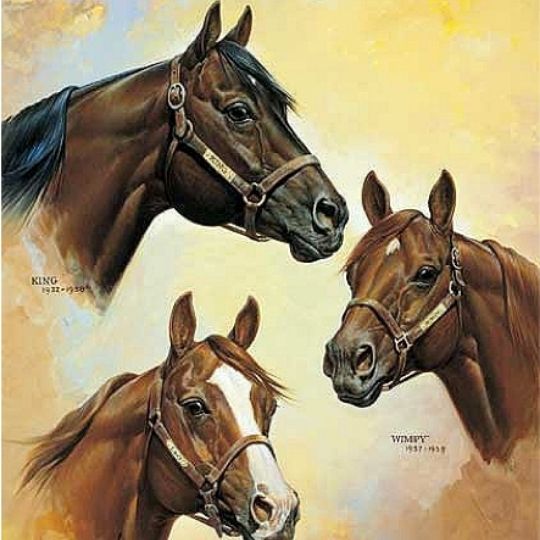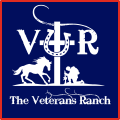American Quarter Horse Breed
The History of the American Quarter Horse Breed

Very Gentle Horse Breed
Greek mythology records the epic exploits of a wonderful winged horse named Pegasus. The stories of early Texas cow country speak of another legendary horse. He was called Steel Dust, and like Pegasus, he could fly, but without ever leaving the ground.
Foaled in Kentucky, a descendent of the great Sir Archy, Steel Dust came to Texas as a yearling in 1844. His progeny and his legend spread as cowboys drove Longhorns up the trails from Texas and opened the Great Plains to ranching. The name Steel Dust came to identify an entire breed of horse; they were called “Steeldusts,” the cowboy’s favorite kind. They were heavy-muscled horses, marked with small ears, a big jaw, remarkable intelligence and lightning speed up to a quarter of a mile. Steel Dust was an American Quarter Horse. He and his kind would achieve fame in proportions every bit as magnificent as that of the mythical Pegasus.
But the story of the Quarter Horse begins long before Texans started tying their ropes hard and fast to the saddle horn. The origins of the breed can be traced to Colonial America. When our forefathers weren’t dumping tea in the Boston Harbor and fighting Indians or Redcoats, they did enjoy a horse race. In the beginning, they ran the English horses with which they plowed and rode every day.
It wasn’t long before the Colonial farmers down in the Carolinas and Virginia began to trade for a faster horse that was being bred by the Chickasaw Indians. These quick Indian ponies were Spanish Barbs, brought into Florida by early Spanish explorers and colonists. This was the same horse ridden by the conquistador Cortez in the conquest of Mexico; the same that Coronado rode in his search for the golden cities in the American Southwest. This was a type of horse produced from the cross of the North African Barb and native Spanish stock following the Moorish invasion of Spain, which began in the year 710.
